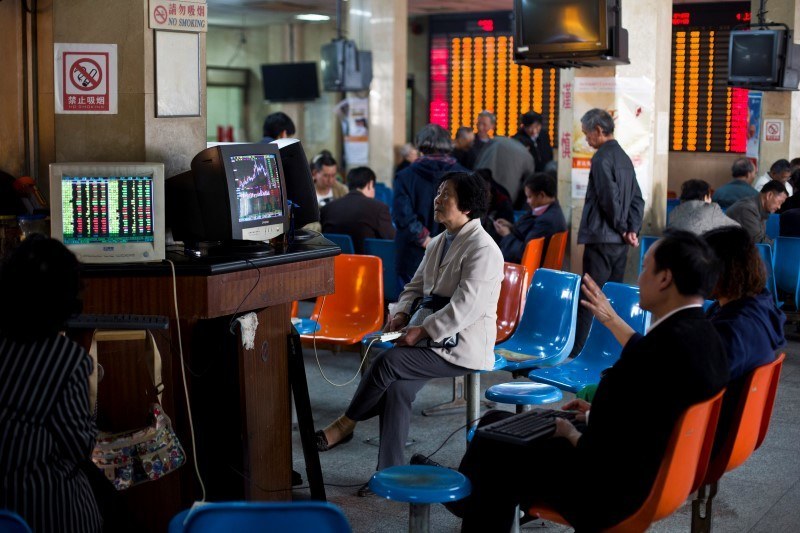Global Markets: The China saga continues as the Shanghai Composite Index journeys into green territory, with the major market concluding trading over +2.25% higher. It appears that the noticeable decline in both imports and exports from the recent China economic data has been shrugged away, with this perhaps linked to expectations that the PBoC will ease monetary policy further.
Focus will now be shifted towards the inflation release on Thursday morning and if the data prints below expectations of 1.9%, concerns will likely be relit about continual weakness in the China economy. Outside of the China markets, Asian and European equities are making strong gains with the Nikkei255 noticeably closing +7.71% higher. American equities closed positively in yesterday’s trading session and this may follow through in the New York session later on.
After making strong gains for the previous two days, the GBPUSD has pulled back this morning. Manufacturing Production m/m for the United Kingdom printed at -0.8% far below the +0.2% expectations. UK manufacturing has continued to face headwinds and this unexpected contraction in July which could be linked to the combination of global economic weakness and GBP appreciation might expose the Pound to further losses. The GBPUSD has experienced a slight decline after the data and is currently sitting around support at 1.5350 at the time of writing. The main focus for the UK economy will now be tomorrow’s BoE monetary policy decision, with most market participants seeing the possibility of a September rate hike as extremely unlikely. Their attention will be on the tone of the MPC statement and for any further clues on when the central bank may begin to raise rates.
Speaking of central bank meetings, the Bank of Canada (BoC) will announce the outcome of its latest meeting later today. In the last meeting the central bank cut rates by 0.25% and since then the Canadian economy has been exposed to further weakness with the resumed decline in commodities weighing on sentiment. The news of the economy re-entering a recession was most likely not taken into account when the previous rate cut was announced, but the data in September has been reasonably strong and most investors expect interest rates to remain unchanged today.
Advertisement
AUDUSD
The ongoing decline in commodity prices has punished the AUD for an extended period of time. The AUDUSD is technically bearish on the daily timeframe. Since the initial decline to the 0.6900 support, prices have begun to correct back up. As long as the AUDUSD can keep below the 0.7200, prices may decline back down to the 0.6900 support.
AUDNZD
Advertisement
The interest rate policy from the RBNZ and probability of downside economic pressures due to the depressed commodity and dairy milk prices has made the NZD bearish. The AUD is also bearish due to the global decline in commodity prices. Technically the AUDNZD trades within a downward trend channel and prices are below the 20 SMA. A breakdown below 1.0950 may invite a further decline to the next relevant support at 1.0750.
AUDCAD
AUDCAD remains technically bearish on the daily timeframe as long as prices can keep below the 0.9400 level. The pair may be in the process of creating a new lower high but the technical leading and lagging indicators such as the MACD and 20 SMA point to the downside.
AUDCHF
Advertisement
The AUDCHF is in a delicate position right now. Prices are not only trading below the relevant 0.6900 resistance but also below the daily 20 SMA. The 0.6900 resistance must hold for prices to remain bearish on the daily time frame.
Add a comment







